Tweeters Unleashed For A Nice High
Elevating the Highs of Your Audio Experience
When it comes to crafting the perfect sound system, every component plays a crucial role. While subwoofers handle the low end, it’s the tweeters that bring the high-frequency sounds to life. But what exactly are tweeters, and why are they so essential in an audio setup
What is a Tweeter?
A tweeter is a specialized loudspeaker designed to reproduce high-frequency sounds, typically ranging from 2,000 Hz to 20,000 Hz. These high frequencies encompass the upper range of human hearing, including the harmonics and details that give music and other audio content its sparkle and clarity. Tweeters are essential for delivering crisp, clear highs that complement the midrange and bass provided by other speakers.
The Science Behind Tweeters
Tweeters work by rapidly vibrating a diaphragm to produce high-frequency sound waves. Due to the nature of these high frequencies, tweeters need to be lightweight and capable of fast response times. The materials used in tweeters, such as silk, metal, or composite fabrics, play a significant role in their performance and sound characteristics.
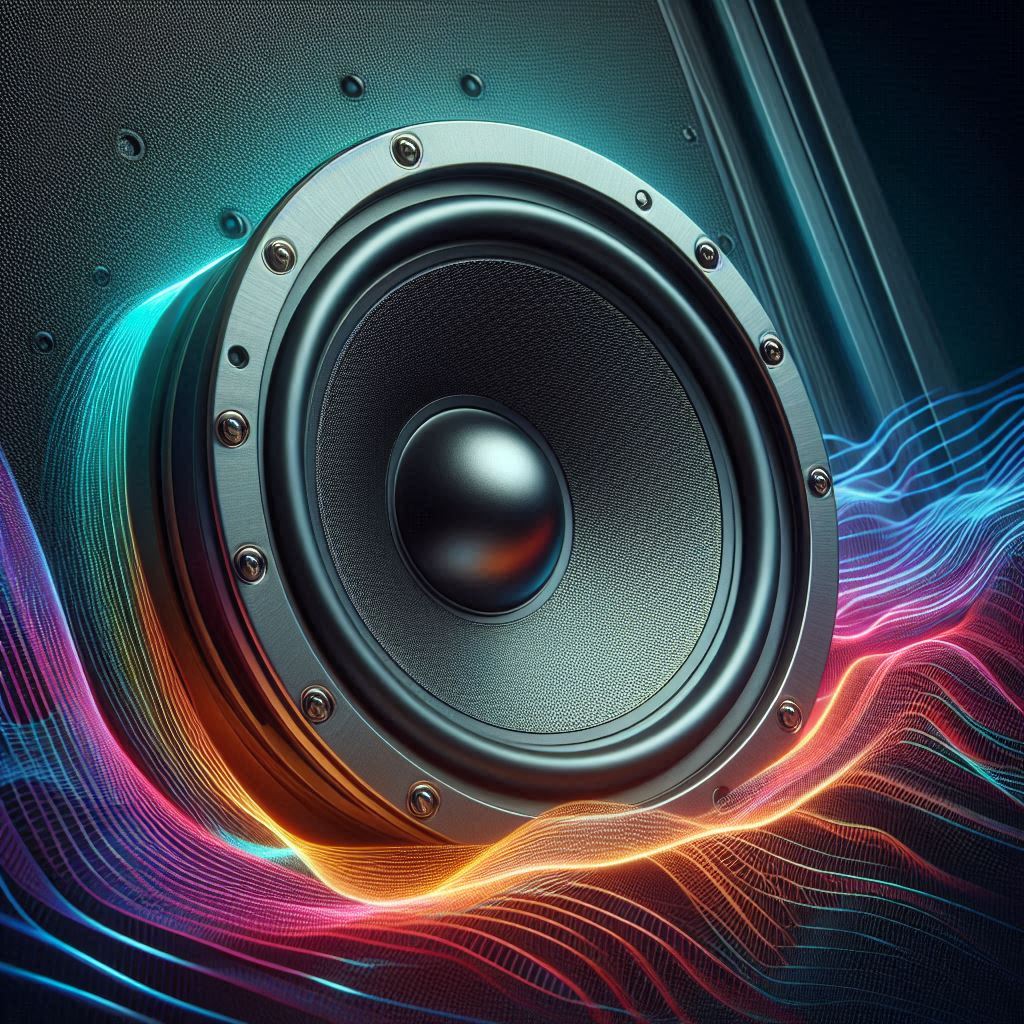
Types of Tweeters
There are several types of tweeters, each with its own design and acoustic properties
Dome Tweeters
Dome tweeters are the most common type found in consumer audio equipment. They feature a dome-shaped diaphragm that radiates sound in a wide dispersion pattern. This design provides a balanced and natural sound, making dome tweeters popular in home audio systems.
Ribbon Tweeters
Ribbon tweeters use a thin, lightweight ribbon made of metal or another conductive material as the diaphragm. This ribbon vibrates to produce high frequencies. Ribbon tweeters are known for their excellent transient response and detailed sound reproduction, making them a favorite among audiophiles.
Horn Tweeters
Horn tweeters use a horn-shaped structure to amplify and direct sound waves. This design increases the efficiency and output of the tweeter, making it suitable for large venues and professional audio systems. However, horn tweeters can sometimes produce a more directional sound, which may not be ideal for all listening environments.
Piezo Tweeters
Piezo tweeters use piezoelectric materials that generate sound when an electric current is applied. These tweeters are often found in budget audio systems and are valued for their durability and resistance to environmental factors like humidity.
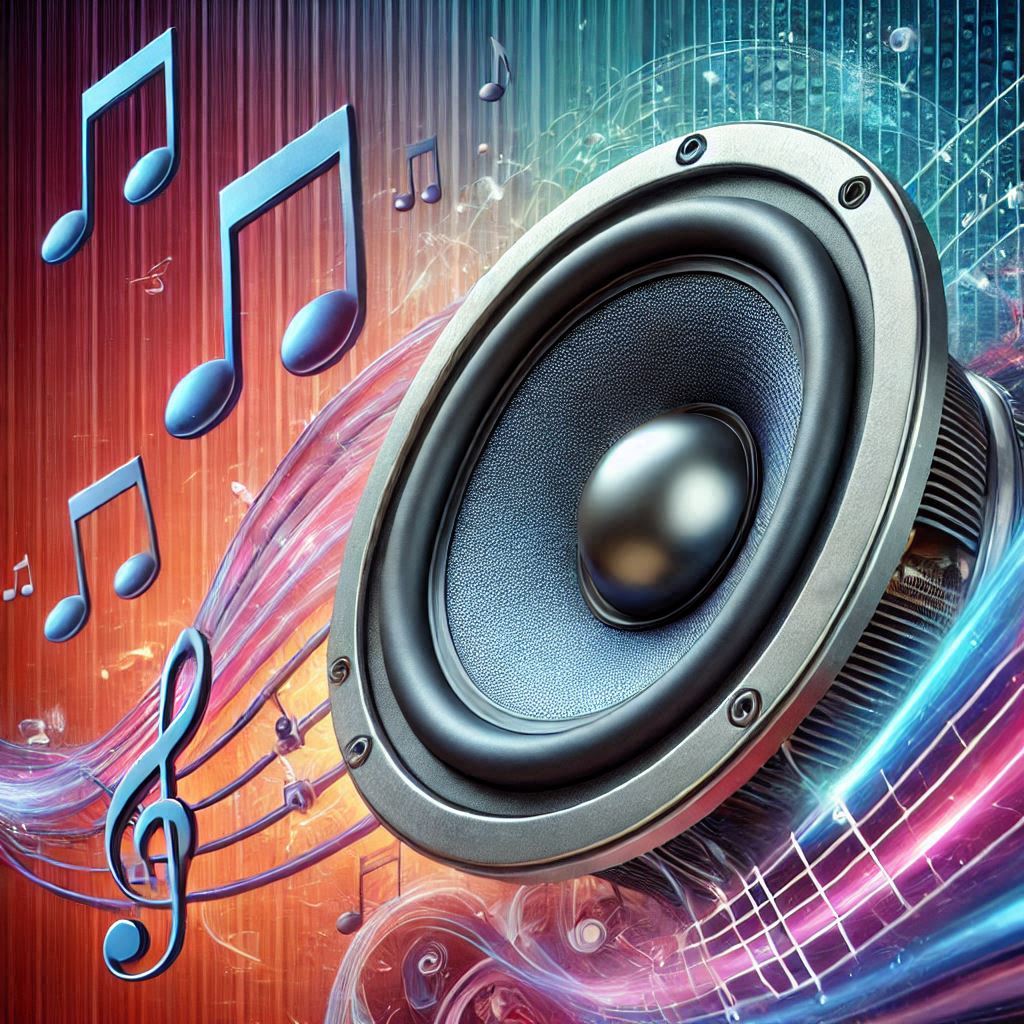
What Does A Tweeter Do
The Role of Tweeters in HiFi or Audio System
Tweeters are responsible for reproducing the high-frequency sounds that add detail and clarity to audio. Without a tweeter, music and other audio content would lack the sparkle and definition that make it enjoyable.
Enhancing Detail and Clarity
Tweeters bring out the fine details in music, such as the shimmering highs of a cymbal crash or the intricate harmonics of a violin. These details are essential for creating a rich and immersive listening experience. This is also present in movies from voices to environmental sounds.
Creating Spatial Imaging
High frequencies play a crucial role in how we perceive the direction and placement of sounds. Tweeters help create a sense of spatial imaging, making it easier to distinguish where different instruments and sounds are coming from in a stereo or surround sound setup.
Balancing the Sound Spectrum
Tweeters complement the midrange and bass frequencies produced by other speakers, creating a balanced and full sound spectrum. This balance is essential for accurate sound reproduction and a satisfying listening experience.
The Set Up
Tweeter Placement and Setup
The placement and setup of tweeters are critical for achieving optimal performance.
Height Alignment
Tweeters should be positioned at ear level when you’re seated in the primary listening position. This alignment ensures that the high frequencies reach your ears directly, providing the best sound quality.
Angle and Direction
Tweeters should be angled towards the listening area to maximize sound dispersion and clarity. Many speakers allow for adjustments to the tweeter angle, so experiment with different angles to find the best position.
Distance from Walls
Placing tweeters too close to walls can result in reflections that muddle the sound. Aim to position tweeters away from walls and other reflective surfaces to minimize interference and maintain clarity.
Conclusion
Tweeters are a vital component of any high-quality audio system. They bring the high-frequency sounds to life, adding detail, clarity, and spatial imaging to your listening experience. By understanding the different types of tweeters and optimizing their placement and setup, you can unlock the full potential of your audio system and enjoy a truly immersive sound experience.
Join the Discussion
We’d love to hear your thoughts and experiences with tweeters! Whether you’re an audio enthusiast, a professional sound engineer, or just starting to explore the world of high-quality sound, your insights are invaluable.

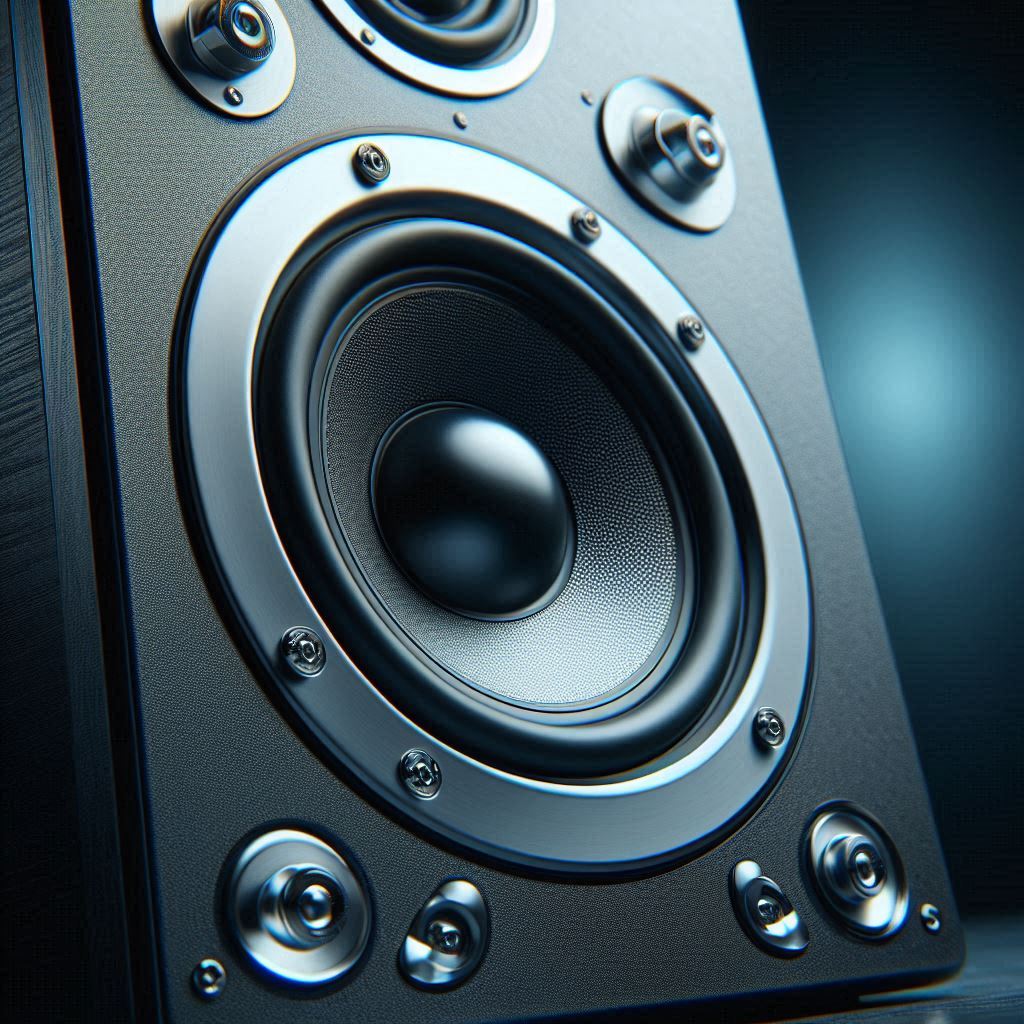




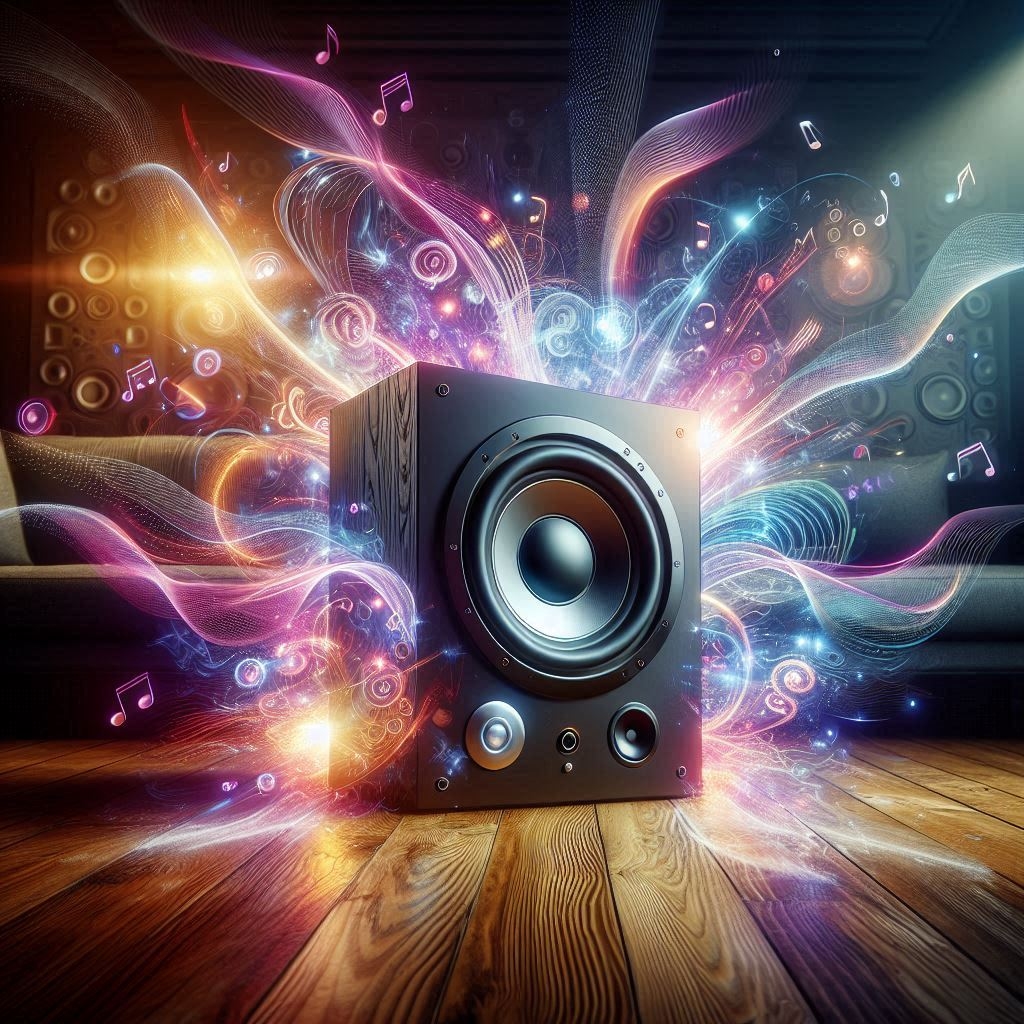

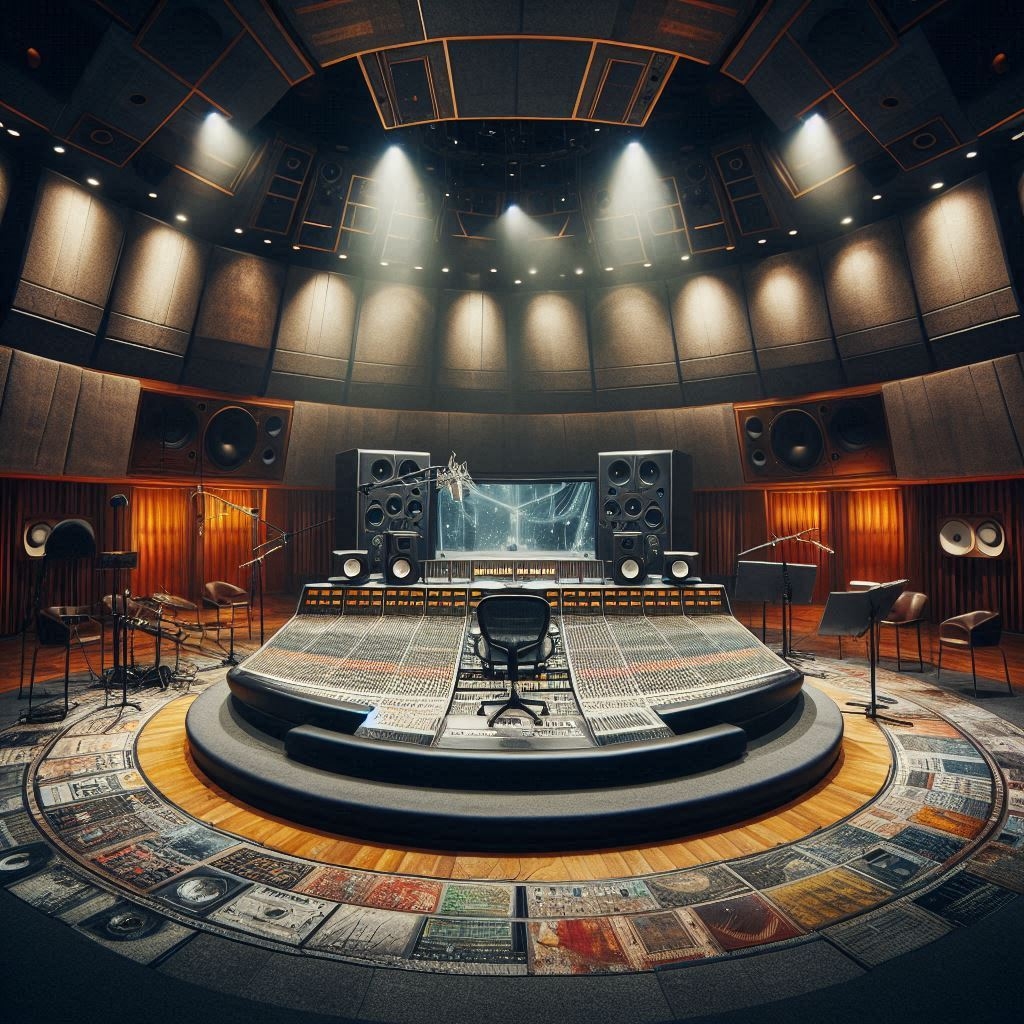
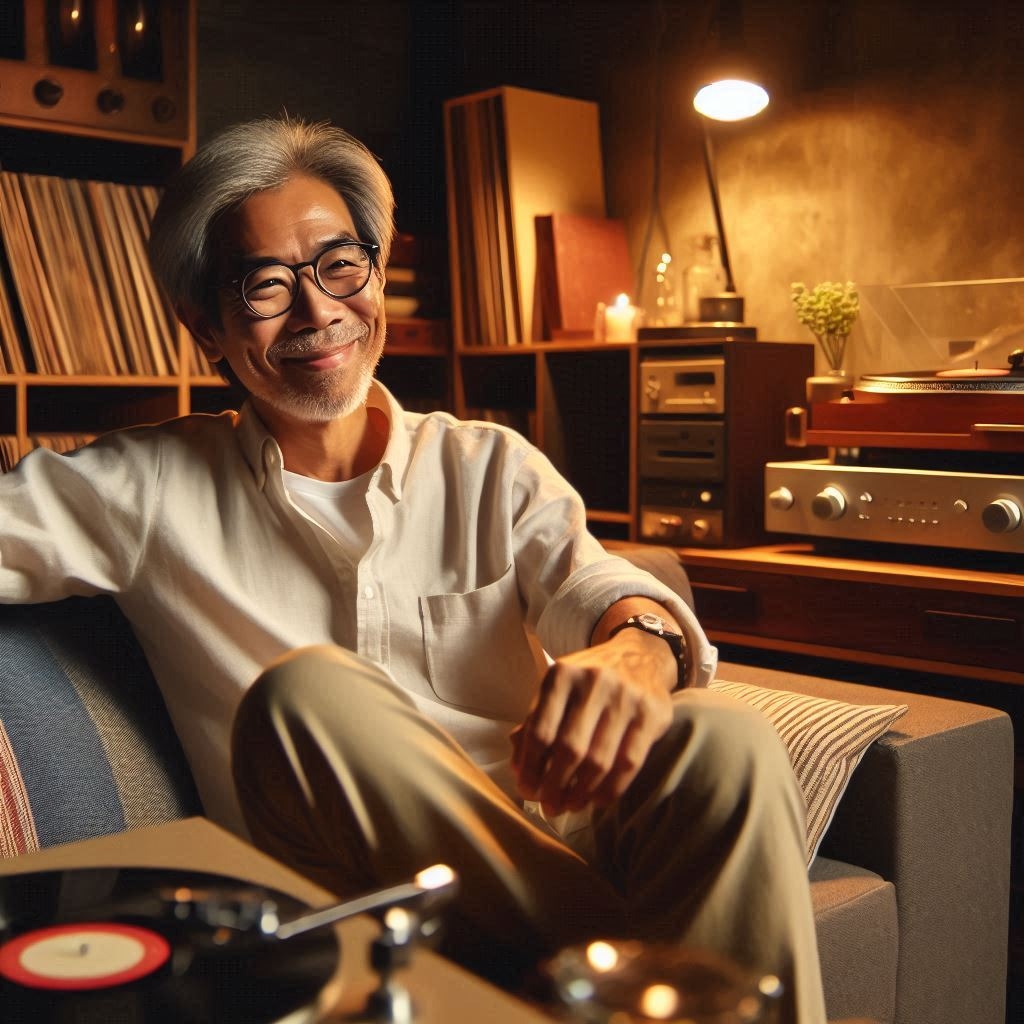
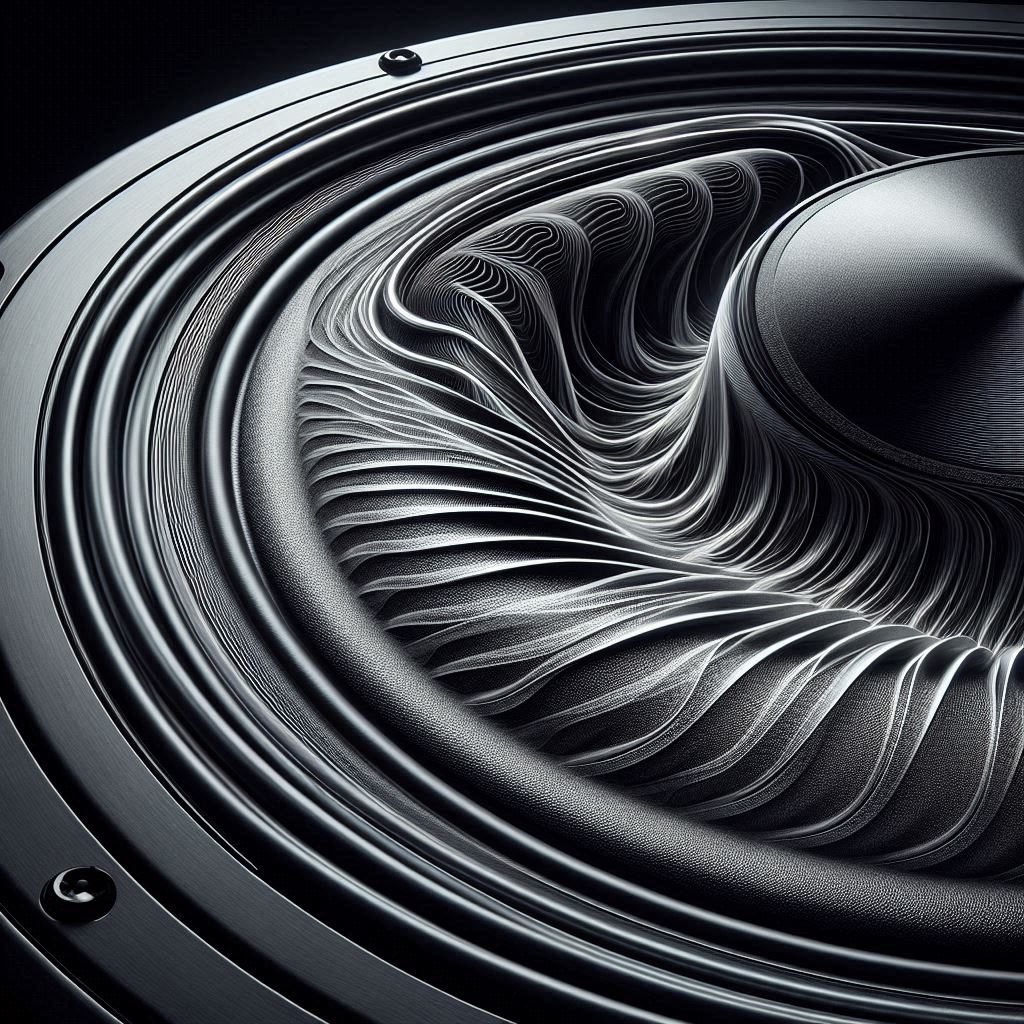
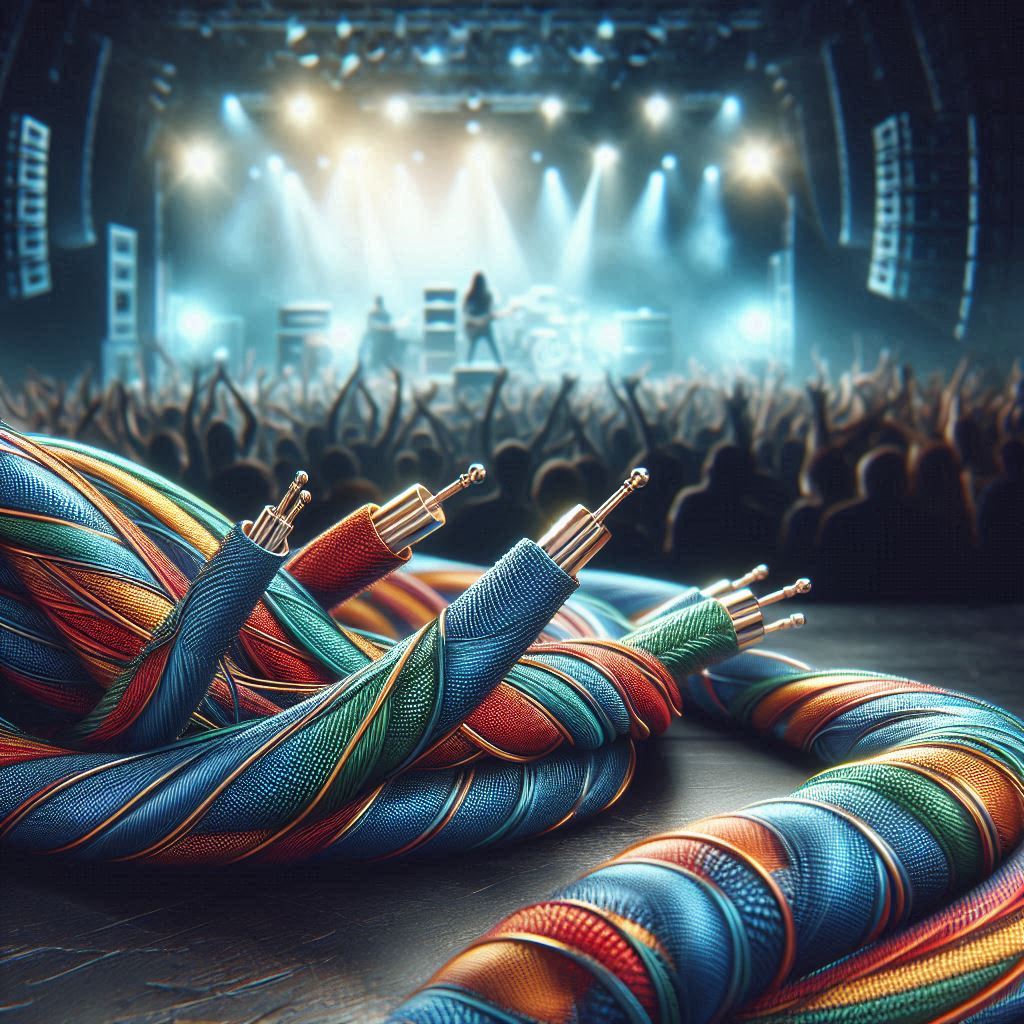


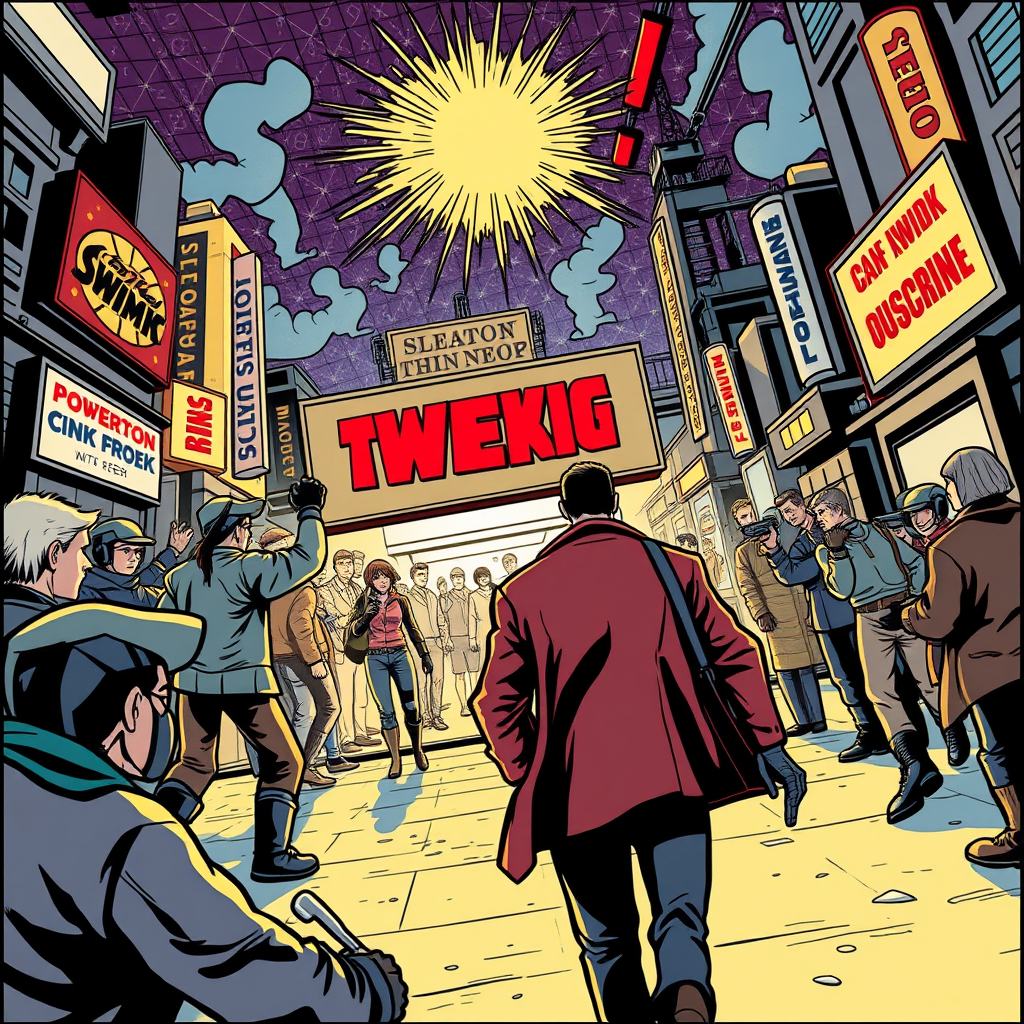

Shannan
I’m really impressed together with your writing abilities as smartly as with the structure to your weblog.
Is this a paid subject matter or did you customize it yourself?
Either way keep up the excellent quality writing, it’s rare to
look a great blog like this one nowadays. TikTok Algorithm!